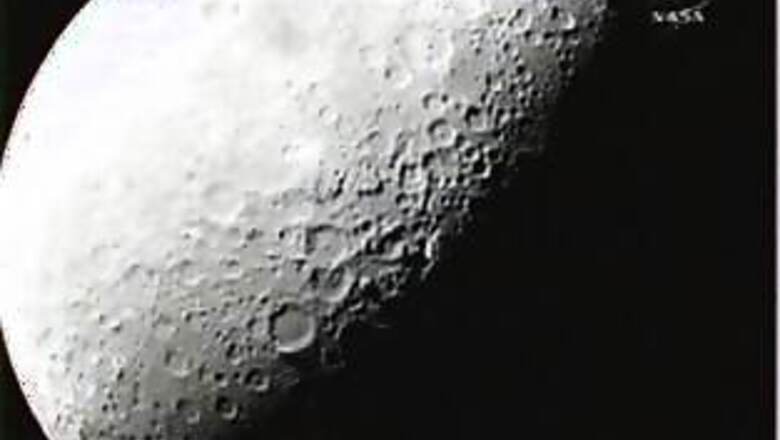
views
Cape Canaveral: NASA's taking the next step in manned space flight this week by looking back 30 years to the Apollo moon mission.
On Tuesday, if all goes well, the first test flight of a next-generation launch system known as Ares One will blast off from Kennedy Space Centre.
On top the ARES rocket will be an Apollo like space capsule - the next manned vehicle in space.
Using some old hardware and developing new systems, ARES - 1 and the new capsule, Orion, will replace the space shuttle within five years.
Ares Mission Manager, Bob Ess said, "I think from it being long and thin and slender, it optically will look very strange coming across. There is an equivalent of a roll programme, we do roll the vehicle after we clear the pad. It's not for the reason shuttle does it. It is a reason for us to get our sensors oriented in the right wind access that we want to. So, you'll see the whole vehicle turn around by itself and then just kind of head due east."
Ess added, "We have about three different times during the flight we're going to put in these programmed test inputs. And, what that is, we're going to purposely induce some action in the rocket nozzle, and therefore, get some reaction in the vehicle. And, by knowing how much input we put to the nozzle, and measuring what we get from the vehicle, we can understand a little bit better about the vehicle itself and how it flies."
Tuesday's test won't even leave the Earth's atmosphere, a simple up and down flight, with results to show if changes are needed.
On top of a four stage solid rocket is a dummy fifth stage and a mock-up of the Orion space capsule.
Both fake parts will be weighted to mimic flight conditions.
The Orion space capsule borrows the shape and aero-dynamic performance from Apollo space crafts of Moon flight fame.
Seven hundred sensors will gather data from before lift-off to after splash down.
Data will help narrow any needed modifications to ARES and Orion before humans fly on board.
Larger than the Apollo capsule, with upgraded computers and capsule accommodations, Orion is designed for short flights to resupply the space station, or longer flights to the moon and beyond
A newly designed three-stage parachute recovery system will bring the solid rocket booster to a gentle splash in the sea and a waiting recovery crew will pluck the rocket from the ocean.
This test flight should confirm the vehicle as an integrated, safe and stable space craft before astronauts begin travelling on top the ARES 1.

















Comments
0 comment